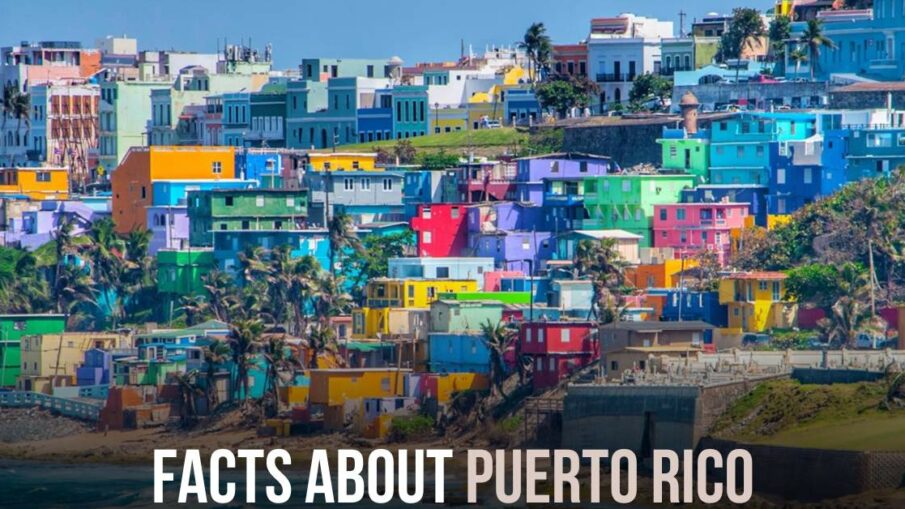Nestled in the northeastern Caribbean Sea, Puerto Rico stands as a captivating gem with a unique blend of history, culture, and natural beauty. Spanning 5,515 square miles, it is home to a vibrant population of around 3.2 million people. This island commonwealth, often mistaken for an independent country, carries a rich tapestry of facts and stories that unveil its distinctive character.
[ADINSERRTER AMP]
- A Cultural Commonwealth: Puerto Rico, though not a sovereign state, boasts a vibrant cultural identity that often prompts confusion about its status. Governed by the United States, it uses the US dollar as its currency. Puerto Rico competes in global events like the Olympics and Miss Universe as an “independent nation.” The island’s culinary delights, highlighted by dishes like Mofongo and Arroz con Gandules, further underscore its uniqueness.
- US Citizens with Limitations: Puerto Ricans hold US citizenship, granted under the Jones-Shafroth Act of 1917. However, they cannot vote in US Presidential elections and lack representation in the US Congress unless they establish residency in a US state.
- Puerto Rican Citizenship: Under its commonwealth status, Puerto Rico maintains its distinct citizenship. The 1997 Miriam J. Ramirez de Ferrer v. Juan Mari Brás ruling reaffirmed its existence. Individuals born in Puerto Rico or with at least one Puerto Rican parent can claim this dual citizenship, reflecting the island’s complex political landscape.
- Entry for US Citizens: With its status as a US territory, US citizens can visit Puerto Rico without a passport, simplifying travel logistics and making it an accessible destination for Americans.
- Historical Significance: As the oldest European city under the American flag, San Juan holds a storied past. It has borne different names, from Borikén, the indigenous Taíno term, to San Juan Bautista and Puerto Rico. The island’s evolution reflects its dynamic history.
- Architectural and Historical Treasures: San Juan shelters historic churches, including the second oldest church in the Americas, Iglesia de San José, and the prominent San Juan Cathedral. The latter houses the tomb of Juan Ponce de León, renowned for his exploration and discovery of Florida.
- Shifted Capitals and Spanish Inquisition: Cabo Rojo hosted Puerto Rico’s initial European settlement, later replaced by Old San Juan. The island’s significant role in the history of the Catholic Church is marked by Pope Leo X’s declaration of Puerto Rico as the first ecclesiastical headquarters in the New World.
- La Fortaleza: An Enduring Symbol: La Fortaleza, a classic example of Spanish Colonial castle architecture, serves as the governor’s residence and is the oldest executive mansion in the Americas still in use.
- Blue Cobblestones and Rainforest Mystique: El Yunque, the only tropical rainforest in the US Forest Service, showcases Puerto Rico’s diverse ecosystem. The streets of Old San Juan, paved with unique blue cobblestones, hold a historical tale of trade and maritime navigation.
- Glowing Nights: Bioluminescent Bays: Three of the world’s five bioluminescent bays are found in Puerto Rico. These natural wonders, illuminated by tiny dinoflagellates, offer surreal experiences for visitors.
- Rich Rum Heritage: Puerto Rico’s rum production is extensive, with notable distilleries like Bacardi and Don Q. The piña colada, a world-famous cocktail, was crafted on the island, though debates persist about its true origin.
- A Multilingual Society: Both Spanish and English serve as official languages in Puerto Rico, reflecting its historical and cultural influences. A mix of both languages, known as “Spanglish,” is commonly spoken.
- A Geographical Superlative: The Puerto Rico Trench, located north of the island, holds the distinction of being the deepest point in the Atlantic Ocean.


Leave a Reply